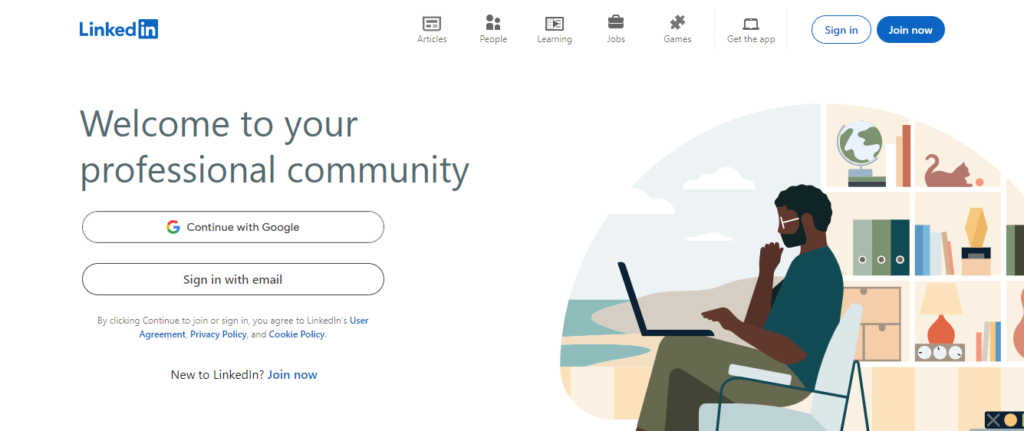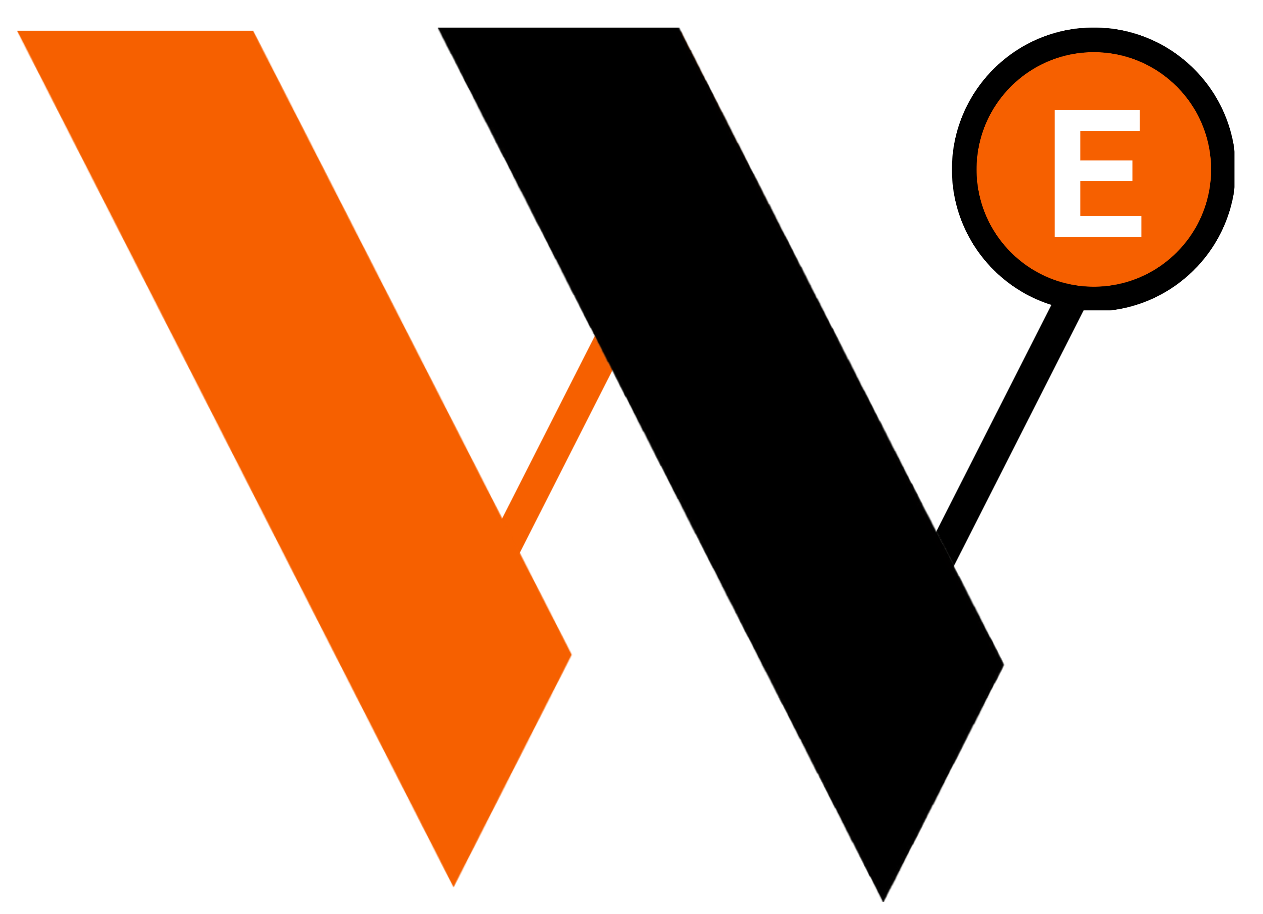Warsi Entrepreneurs designed a Comprehensive Guide “Unlock LinkedIn Marketing” for Beginner to advanced-level marketers, influencers, students, professionals, freelancers, and worldwide business organizations, especially for all digital agencies.
This guide offers a comprehensive overview of using LinkedIn as a powerful tool for business and marketing.

Whether you aim to build professional relationships, leverage B2B marketing, or enhance your branding, this guide will walk you through each stage—from beginner basics to advanced strategies.
This guide is designed for individuals at all experience levels—whether you’re a beginner starting on LinkedIn or an experienced marketer seeking to refine your strategies.
Why LinkedIn Marketing Matters
LinkedIn is a critical platform for professionals, with over 1 billion users globally and 67 million companies represented.
It’s particularly valuable for B2B marketing, as nearly all B2B prospects can be found on LinkedIn.
My success with LinkedIn—connecting with clients like Semrush and FoodPanda—demonstrates its effectiveness in building business relationships.
This guide will equip you with the tools to achieve similar success.
Unlock LinkedIn Marketing: Beginner Level
LinkedIn Profile Optimization for Maximum Impact
Your LinkedIn profile is your first impression. Here’s how to make it count:
Headline & Summary:
Craft a concise, engaging headline that highlights your expertise. Your summary should tell your professional story in a way that resonates with your target audience. Include relevant keywords from your industry to enhance your profile’s visibility in search results.
Professional Image:
Use a high-quality profile picture and cover photo that reflect your services or products. Ensure your profile photo is clear and professional with perfect expressions, and your cover photo aligns with your company’s branding.
Showcase Skills & Endorsements:
Maximize your skills section and gather endorsements to build credibility. Reach out to connections and ask for recommendations that highlight your skills and achievements.
LinkedIn Experience Section:
Detail your work experience comprehensively, focusing on achievements and responsibilities that showcase your expertise.
LinkedIn Academic Section:
Provide a thorough overview of your academic background to highlight your qualifications.
LinkedIn Volunteer Experience:
Its very important to Include any volunteer work to demonstrate your commitment and add depth to your profile.
Profile Best Practices:
Avoid common mistakes such as using jargon or leaving sections incomplete. Ensure your profile is fully completed with a strong “About” section that includes your company mission, values, and what you offer.
Expanding Your Network
LinkedIn is all about building connections. Here’s how to create a robust network:
Finding the Right Connections:
Utilize LinkedIn’s advanced search filters to identify professionals and groups in your industry.
Sending Personalized Requests:
Avoid sending generic connection requests. Personalize each request to increase the likelihood of acceptance and to build meaningful connections.
Understanding LinkedIn Features
Mastering LinkedIn’s core features is essential for success:
Feed, Messaging, and Notifications:
Familiarize yourself with these basic features for interaction and engagement on LinkedIn.
Content Formats:
Understand LinkedIn’s content formats, including posts, articles, and stories. Share a mix of original and relevant posts, including thought leadership articles from LinkedIn or Medium, to engage your audience effectively.
Search Capabilities:
Use LinkedIn’s advanced search tools to discover new connections and content relevant to your interests. Ensure your Company Page includes a keyword-rich profile to boost SEO and improve search visibility.
Crafting Your First Post
Your initial post sets the tone for future content:
Writing Engaging Content:
Offer value in every post by being authentic and sharing insights that resonate with your audience. Aim for content that encourages engagement through comments and shares.
Hashtags and Tagging:
Use relevant hashtags and tag appropriate individuals to increase the visibility of your posts.
Understanding the Algorithm:
LinkedIn’s algorithm favors posts with high engagement. Focus on creating content that prompts interactions to boost your post’s reach.
Unlock LinkedIn Marketing : Intermediate Level
Developing a Content Strategy
Content is crucial for LinkedIn success.
To make the most of your content efforts, consider the 80/20 rule: 80% of your content should be interesting and relevant to your audience, while only 20% should be self-promotional.
Here’s how to craft an effective strategy:
Target Audience:
Clearly define your target audience and tailor your content to their interests. Post daily with relevant content, including videos, images, blog posts, industry news, trending topics, and updates about your company’s events and achievements.
Content Types:
Use a variety of content formats to keep your audience engaged. This includes text posts, images, videos, and long-form articles. Mixing content types will help maintain interest and engagement.
Consistency:
Establish a content calendar to ensure regular posting. Consistency helps maintain engagement and keeps your audience interested in your updates.
Optimizing Your LinkedIn Company Page
Your LinkedIn Company Page is a key branding tool. Optimize it to enhance your company’s visibility and appeal:
Building and Enhancing:
Create a professional Company Page with a compelling “About” section that clearly describes your company’s mission, values, and offerings.
Posting Content:
Regularly share valuable, industry-specific content. This not only keeps your followers informed but also positions your company as a thought leader in your field.
Analytics:
Utilize LinkedIn’s analytics tools to monitor the performance of your Company Page. Track metrics such as post engagement, follower growth, and page views to gauge effectiveness and make data-driven improvements.
Leveraging LinkedIn Groups for Growth
LinkedIn Groups are a powerful way to expand your influence and connect with like-minded professionals:
Joining Relevant Groups:
Identify and join groups where your target audience is active. Look for groups related to your industry, professional development, or local business communities.
Engaging and Building Authority:
Contribute meaningful posts and participate in discussions within these groups. Providing valuable insights and resources helps establish you as an authority in your field.
Creating Your Group:
Consider starting a LinkedIn group to build a community of professionals interested in your industry. This can foster networking opportunities and increase your visibility.
Utilizing LinkedIn Analytics
To enhance your LinkedIn marketing efforts, tracking your performance is essential:
Profile and Content Analytics:
Use LinkedIn’s built-in analytics to measure the effectiveness of your posts and profile. Key metrics include impressions, video views, clicks, click-through rate (CTR), likes, comments, shares, follows, and engagement rates.
Understanding Your Metrics:
Pay attention to metrics such as profile views, post reach, engagement rates, and follower demographics. Analyzing these will help you fine-tune your strategy and improve your content’s effectiveness.
Adapting Your Approach:
Use insights from analytics to adjust your content and connection-building strategies. If certain types of posts perform better, consider focusing more on those.
Unlock LinkedIn Marketing: Advanced Level
Setting Up LinkedIn Ads
LinkedIn Ads can help you reach a targeted audience and achieve specific marketing goals:
Creating an Account: Sign in to LinkedIn’s Campaign Manager and create an account if you haven’t already.
Choosing Ad Objectives:
Select the objectives that align with your marketing goals, such as brand awareness, lead generation, or website visits.
Target Audience:
Define your target audience based on criteria such as industry, job title, location, and company size.
Selecting Ad Format:
Choose from various ad formats, including Sponsored Content, Text Ads, and Sponsored InMail.
Budget and Schedule:
Set your budget and schedule for the ad campaign. Monitor performance to ensure you are getting the desired return on investment (ROI).
Running LinkedIn Ads
Once your ads are set up, focus on execution:
Sponsored Content:
Create engaging Sponsored Content to build relationships with professionals interested in your offerings. Craft compelling ad copy and use high-quality visuals to capture attention.
Sponsored Messaging:
Use Sponsored InMail to send personalized messages directly to your audience. Ensure your messages provide value and foster engagement.
Ad Types and Formats:
Familiarize yourself with various ad types, such as Sponsored Content, Text Ads, and Sponsored InMail. Explore dynamic ad formats like Follow Company Ads, Spotlight Ads, and Content Ads.
Creating Effective Campaigns:
Design well-targeted campaigns that address your audience’s needs and interests. Monitor and adjust your campaigns based on performance metrics to maximize results.
Budgeting and ROI:
Allocate your budget wisely and continuously measure ROI to assess campaign success and make necessary adjustments.
Hunting Prospects
To maximize your B2B sales efforts, leverage tools and strategies for prospecting:
Scheduling Meetings:
Include a scheduling link (e.g., via Calendly) in your outreach emails to facilitate setting up meetings and closing deals.
Tools for Prospecting:
Utilize tools such as LinkedIn Sales Navigator, Sidekick, Zoom, and Skype for effective prospecting and communication.
Sales Navigator:
LinkedIn Sales Navigator offers advanced features for finding and managing prospects. Use its filters, saved leads, and advanced search capabilities to identify and nurture potential clients.
Sales Pipeline Management:
Manage your sales pipeline within LinkedIn to keep track of opportunities from initial contact to final conversion.
Advanced Personal Branding
Building a strong personal brand on LinkedIn is crucial for standing out:
Establishing Thought Leadership:
Publish long-form content and actively participate in relevant discussions to position yourself as a thought leader in your field.
Advanced Content Strategies:
Use LinkedIn Live and LinkedIn Events to engage with your audience in real-time. Partner with influencers to extend your reach and enhance your credibility.
Examples of Success:
Study how top professionals use LinkedIn to build their personal brands and apply similar strategies to your own efforts.
Webinar Flow:
Conduct B2B webinars, such as those by Salesforce, or marketing-focused webinars. Ensure your webinars are time-based and offer valuable insights to attract and engage participants.
Strategic Alliances
A strategic alliance is a formal partnership between independent organizations aimed at achieving mutual goals while sharing resources and expertise. It helps expand market reach, drive innovation, and reduce risks and costs without merging or acquiring businesses. . Forming strategic alliances can significantly benefit your business:
Benefits:
Partnerships can lead to business expansion and new opportunities. Evaluate potential partners for scalability and alignment with your business goals.
Assess Fit:
Use LinkedIn profile details to assess whether potential partners are a good fit for collaboration. Consider their business size, industry, and objectives.
Unlock LinkedIn Marketing: Tools and Resources
LinkedIn Learning
Stay ahead in the marketing field with LinkedIn Learning:
Marketing Courses:
LinkedIn Learning offers a range of courses designed for marketers. Take advantage of these resources to stay up-to-date on the latest trends and techniques.
Mobile Access:
Install the LinkedIn Learning app on your mobile device to access courses on the go.
Third-Party Tools
Enhance your LinkedIn marketing efforts with these tools:
Scheduling and Analytics Tools:
Use tools like Hootsuite and Buffer for scheduling posts. Dux-Soup can automate lead generation to streamline your LinkedIn marketing strategy.
Lead Generation and Performance:
Employ tools to improve your lead generation and track performance metrics effectively.
Staying Updated
Keep up with LinkedIn’s evolving features and best practices:
Feature Updates:
Regularly follow LinkedIn’s blog and industry influencers to stay informed about new features and best practices.
Conclusion Unlock LinkedIn Marketing
Recap of Key Takeaways
Mastering LinkedIn marketing involves a step-by-step approach, from optimizing your profile and content strategy to leveraging advanced tools and strategies. By implementing these techniques, you can unlock the full potential of LinkedIn for your business.
Start applying these strategies today to enhance your LinkedIn presence. Connect with our digital marketing experts on LinkedIn to share your progress and download a free LinkedIn marketing checklist to guide your efforts.



